First-Timers Guide to Caribbean Island Hopping
Your First Caribbean Island Hopping Adventure Awaits!
Island hopping in the Caribbean is an adventure like no other, just picture yourself sailing from one beautiful island to another, each with its own personality and vibe.
The dream, right.
The Caribbean is made up of over 7,000 islands, only 2% of which are actually populated. However, each offers something very special. Whether you’re looking for pristine beaches, vibrant cultures, or delicious local cuisine, Caribbean island hopping allows you to experience it all.
Traveling between islands gives you the chance to explore diverse environments.
You might start your journey on the lively streets of Jamaica, where reggae music fills the air, and then hop over to the tranquil shores of St. Lucia, known for its breathtaking mountains and lush rainforests.
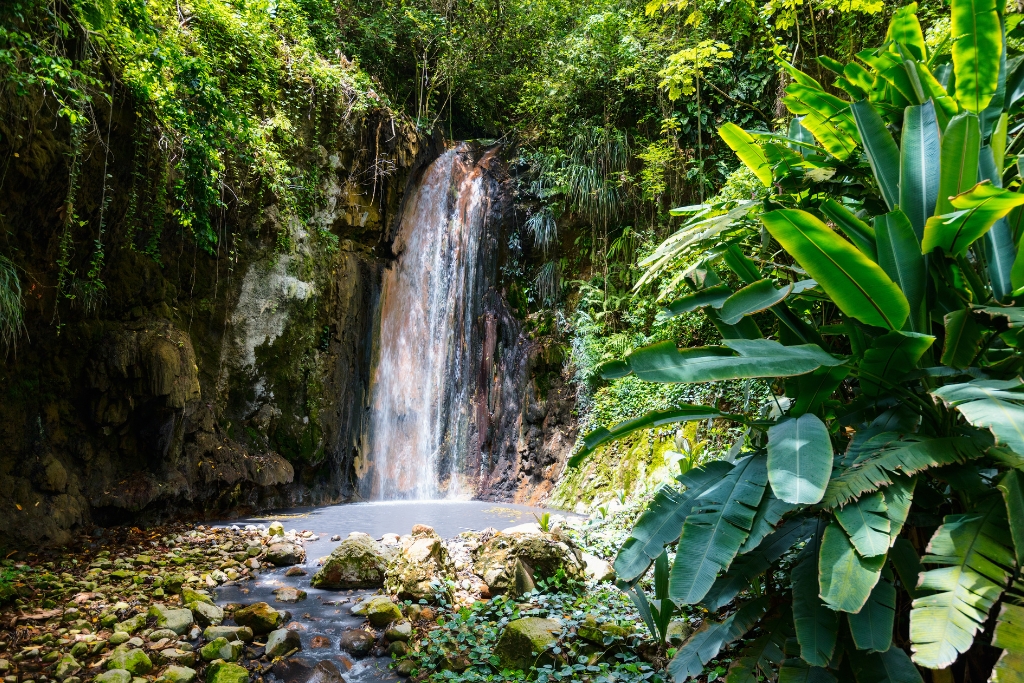
Each island has its own story to tell, and island hopping lets you discover them one by one whilst creating stories of your own to share.
One of the best parts of island hopping is the freedom it offers. You can create your own itinerary, choosing how long to stay on each island and what activities to do.
The possibilities are endless.
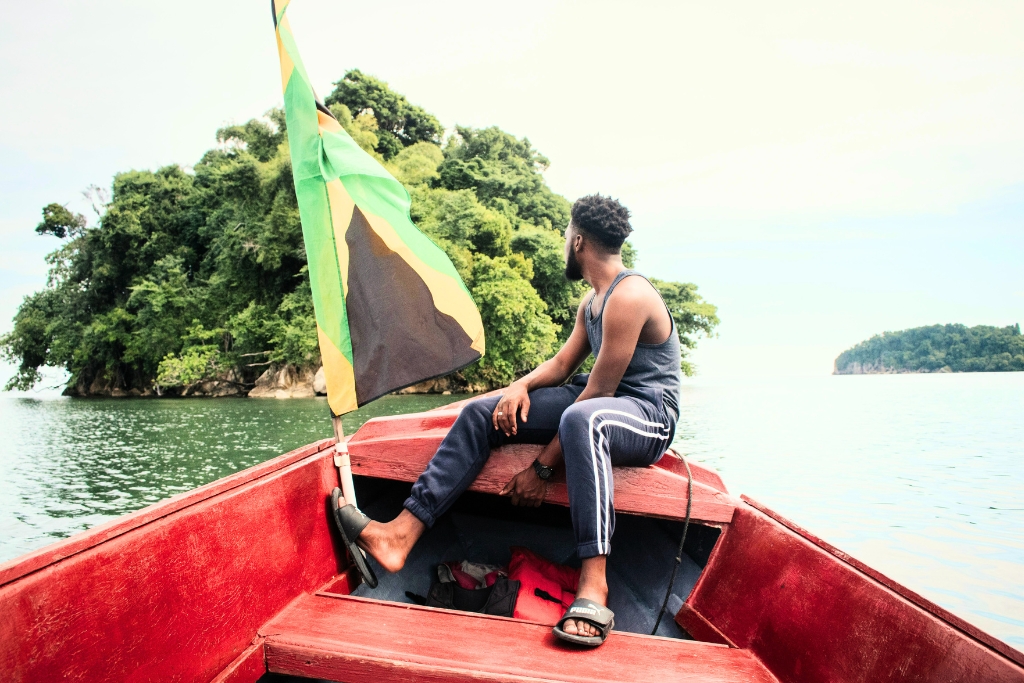
Island hopping in the Caribbean is easy and enjoyable, with scenic ferry rides offering sea breezes and ocean views. Prefer flying? Regional airlines can make it quick and simple to travel between islands.
In addition to the excitement of exploring new places, you’ll encounter friendly locals who are eager to share their customs and traditions. Adding that personal touch to your journey, making it even more memorable.
Who Is Caribbean Island Hopping For?
Caribbean island hopping is perfect for adventurous travellers, couples, families, and anyone seeking variety.
Whether you want to relax on pristine beaches, enjoy exploring vibrant cultures, or dream of discovering hidden gems across multiple islands, island hopping could be the perfect choice for you.
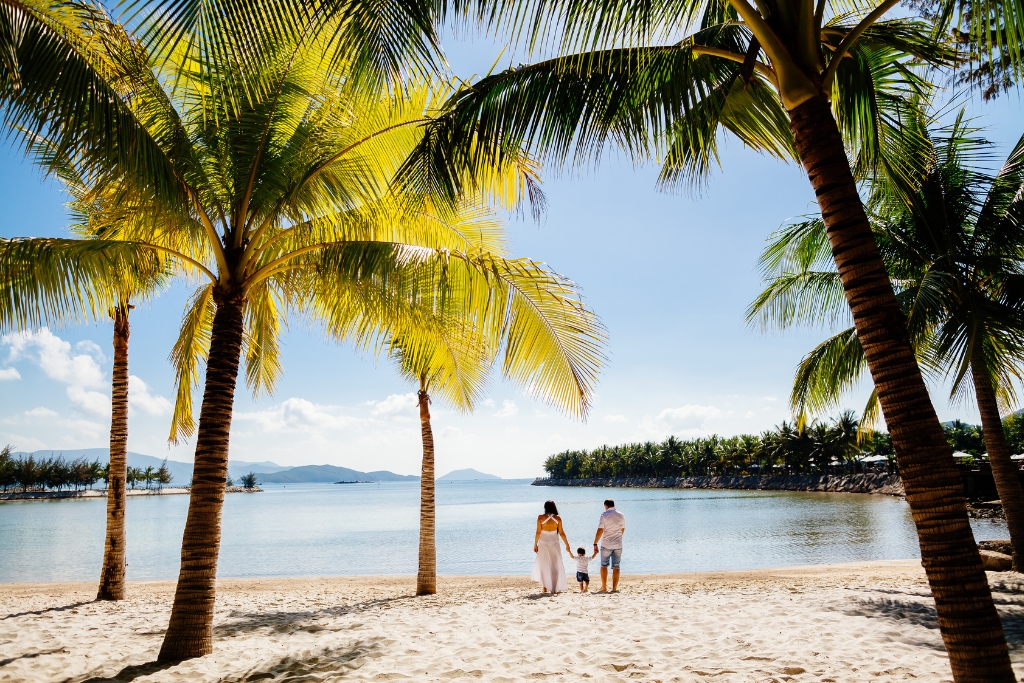
It’s also a great option for those who don’t enjoy cruising, offering a more flexible, personalised way to experience the Caribbean without the crowds or fixed itineraries.
Categories of Caribbean Islands
Understanding the different categories of Caribbean islands can greatly enhance your travel planning, allowing you to tailor your itinerary based on your interests and preferences.
Here’s a breakdown of the main categories:
1. Big Islands
Characteristics:
These islands are typically larger in size and often more developed, offering a wide range of amenities, activities, and accommodations.
They are well-known for their vibrant cultures, historical sites, and diverse landscapes.
Enjoy Cuba’s stunning Varadero beaches and immerse yourself in the vibrant culture of Havana, full of colour, music and charm.
In Jamaica, relax on Negril’s famous Seven Mile Beach and soak up the island’s laid-back vibe and reggae spirit.
Hispaniola offers the idyllic beaches of Punta Cana along with a rich cultural heritage spanning both Haiti and the Dominican Republic.
Puerto Rico combines the golden sands of Isla Verde with the historic beauty of Old San Juan’s cobbled streets and colonial architecture.
2. Lesser Antilles
The Lesser Antilles are a chain of smaller islands located to the southeast of the Caribbean Sea. They are known for their natural beauty and diverse ecosystems.
These islands are divided into two groups: the Northern and Southern Lesser Antilles.
Northern Lesser Antilles:
St. Martin/Sint Maarten blends French and Dutch influences with beautiful beaches and a cosmopolitan island charm.
Anguilla is known for its pristine sands and luxury resorts, making it ideal for a peaceful, indulgent escape.
St. Kitts and Nevis offers tranquil beaches alongside a rich tapestry of colonial history and scenic landscapes.
Southern Lesser Antilles:
Barbados invites you to relax on its beautiful beaches and take part in vibrant festivals that celebrate the island’s lively spirit.
Grenada, the ‘Spice Isle’, offers the chance to explore fragrant plantations and discover stunning waterfalls tucked within lush landscapes.
Trinidad and Tobago is bursting with energy, from its world-famous carnival to its rich wildlife and diverse natural beauty.
Choosing Your Island Travel Style
Understanding your island travel style can help you decide which islands to visit based on your personal interests.
Beach Lovers: If you’re looking for a laid-back beach holiday, consider islands like Anguilla, Barbados, or Jamaica.
Cultural Enthusiasts: For a rich cultural experience, explore Cuba, Puerto Rico, or the Dominican Republic.
Adventure Seekers: If you’re interested in hiking, diving, or exploring natural landscapes, the Lesser Antilles offer plenty of opportunities.
Each island in the Caribbean has its unique charm and attractions, making it a diverse and exciting destination for travellers. Enjoy planning your island-hopping adventure!

How To Plan Your Caribbean Island Hopping Itinerary
Island hopping in the Caribbean is an exciting way to explore paradise, but choosing the right islands takes a bit of planning.
Here are key tips to help first-timers shape their ideal trip:
- Interests and Activities – If lounging on the beach is your priority, consider islands known for their stunning beaches like Anguilla, Barbados, or Jamaica. For a rich cultural experience, explore islands with vibrant history, such as Cuba or Puerto Rico.
- Budget – Consider overall travel costs—some islands offer more affordable accommodations, transport, and daily expenses. Be sure to compare flight prices, ferry routes, and the cost of food and activities on each island.
- Accessibility – Look into direct flights or easy connections from your departure point to each island. Also, consider how simple it is to travel between island, whether by ferry or short regional flights.
- Time of Year – The Caribbean’s tropical climate is ideal year-round, but be mindful of hurricane season (June–November) and peak tourist months (December–April). Festivals on some islands can also really enhance your trip!
- Duration Of Stay – Plan your itinerary based on how much time you have and how many islands you can visit comfortably. Consider each island’s size and how long you’ll need to explore it fully.
- Restrictions and Requirements – Check any visa requirements and any travel restrictions for each island.
- Health and Safety – Research any health advisories or safety concerns for the islands you plan to visit.
- Personal Preferences – Think about whether you prefer lively tourist hubs or quiet, hidden gems. Also consider language and cultural differences that could impact your experience.
By taking these initial factors into account, you can easily begin to create a well-rounded itinerary that truly matches your interests, reflects your budget and travel style.
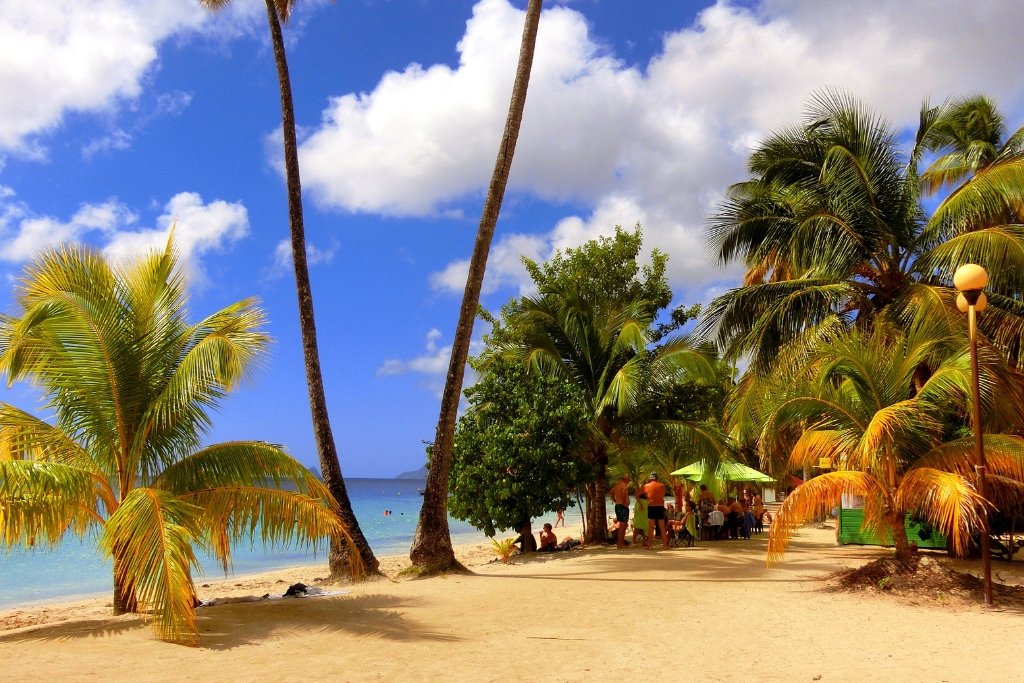
Sample Itinerarys for Caribbean Island Hopping
Creating your itinerary for island hopping in the Caribbean is an exciting part of your travel planning. You might also want to know which Caribbean islands are the best for first-timers island-hopping?
A well-thought-out itinerary can help you make the most of your trip, ensuring you see all the sights you want while also allowing for some flexibility.
Popular First-Timer Island Combinations
Here are some popular island combinations that travellers often enjoy, to help inspire YOU:
St. Martin/Sint Maarten, Anguilla, and St. Barts
St. Martin/Sint Maarten to Anguilla:
Travel Option: Take a short ferry ride from Marigot (French side) or a boat from Simpson Bay (Dutch side) to Anguilla.
Anguilla to St. Barts:
Travel Option: Catch a ferry or a small plane from Anguilla to St. Barts, while enjoying the scenic views.
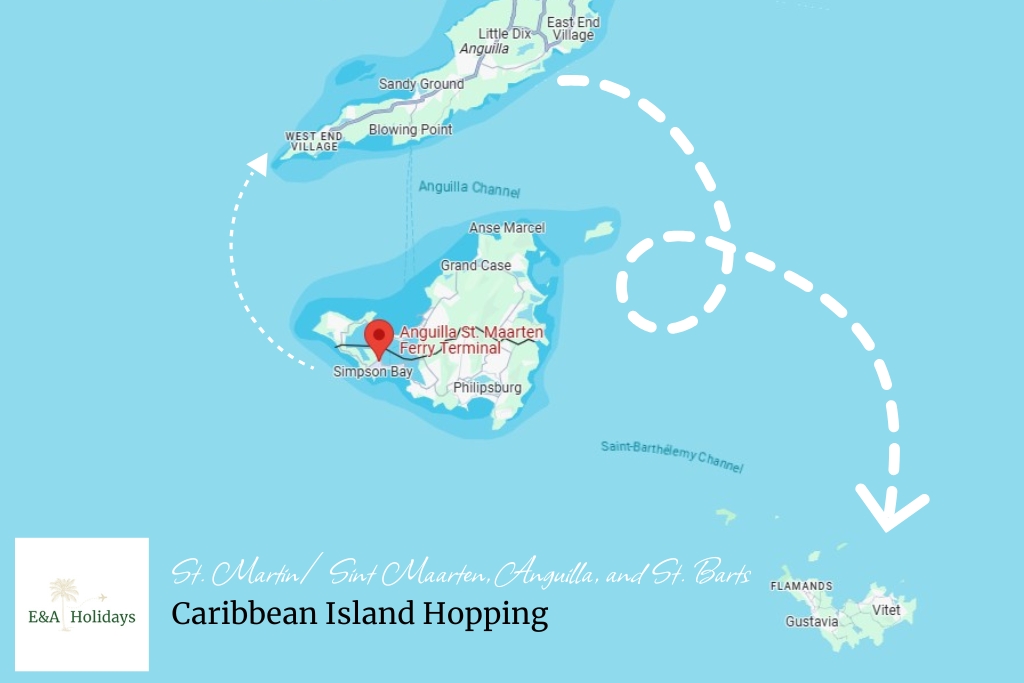
Puerto Rico, Vieques, and Culebra
Puerto Rico to Vieques:
Travel Option: Take a ferry from Ceiba or a short flight from San Juan to Vieques.
Vieques to Culebra:
Travel Option: Use a ferry service or a small plane to travel between Vieques and Culebra.
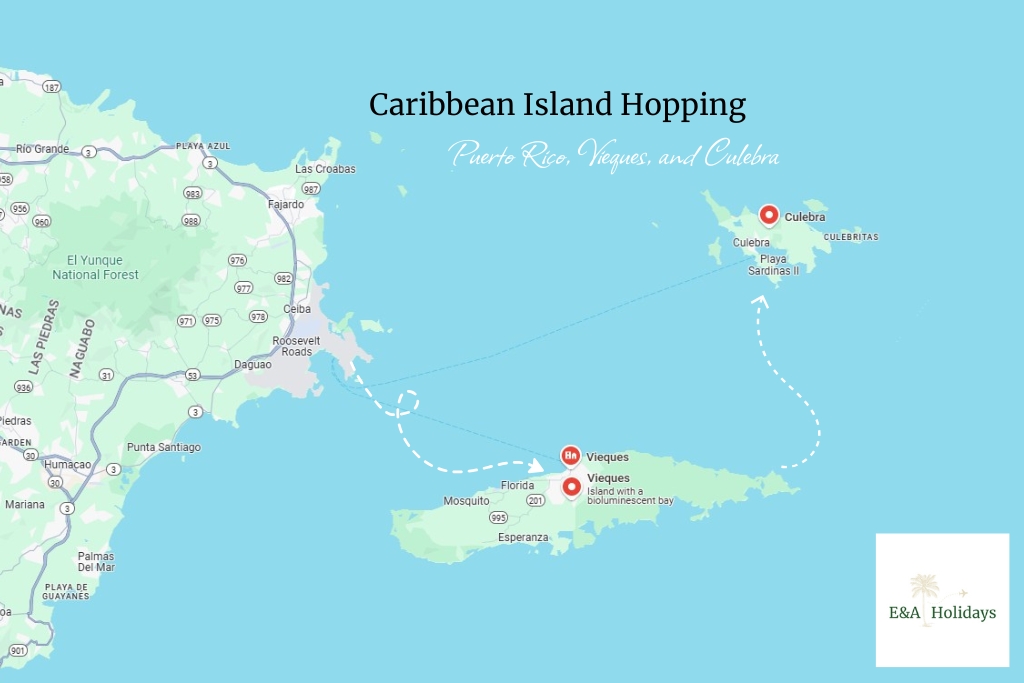
Barbados, St. Lucia, and Grenada
Barbados to St. Lucia:
Travel Option: Fly with regional airlines like LIAT or Caribbean Airlines for a quick journey.
St. Lucia to Grenada:
Travel Option: Take a short flight with regional carriers to reach Grenada.

Trinidad, Tobago, and Grenada
Trinidad to Tobago:
Travel Option: Use the fast ferry service or take a short domestic flight from Port of Spain to Tobago.
Tobago to Grenada:
Travel Option: Fly with regional airlines for a convenient connection to Grenada.
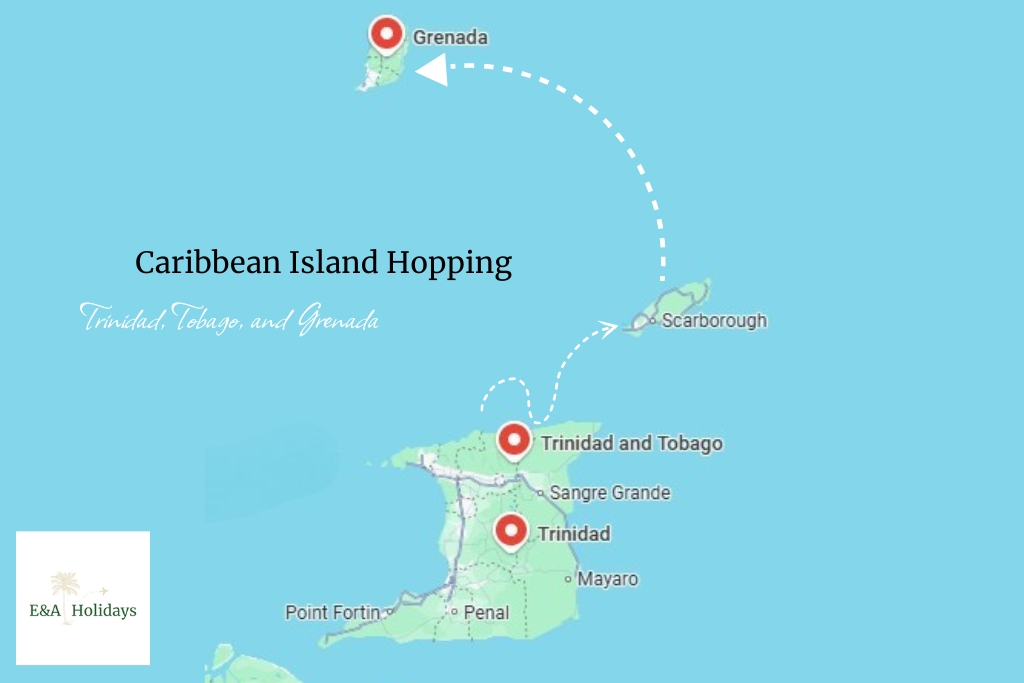
Jamaica, Cayman Islands, and Cuba
Jamaica to Cayman Islands:
Travel Option: Fly from Montego Bay or Kingston to Grand Cayman with airlines like Cayman Airways.
Cayman Islands to Cuba:
Travel Option: Take a direct flight from Grand Cayman to Havana with Cayman Airways or other regional carriers.

Must Visit Caribbean Island Hopping Attractions
We’ve picked out the top attractions from each of our suggested itineraries.
These are the places that will truly make your Caribbean adventure unforgettable.
St. Martin, Anguilla & St. Barts – A Perfect Blend of Adventure, Charm, and Chic
Start your journey in St. Martin/Sint Maarten, where French and Dutch influences create a vibrant fusion. Watch planes glide just overhead at the iconic Maho Beach, stroll through the colorful streets of Philipsburg, or get adventurous at Loterie Farm with its jungle trails and zip lines.
Then hop over to Anguilla for barefoot luxury—relax on Shoal Bay’s dreamy white sands, explore the tiny paradise of Sandy Island, or dive into local heritage at the fascinating Heritage Collection Museum.
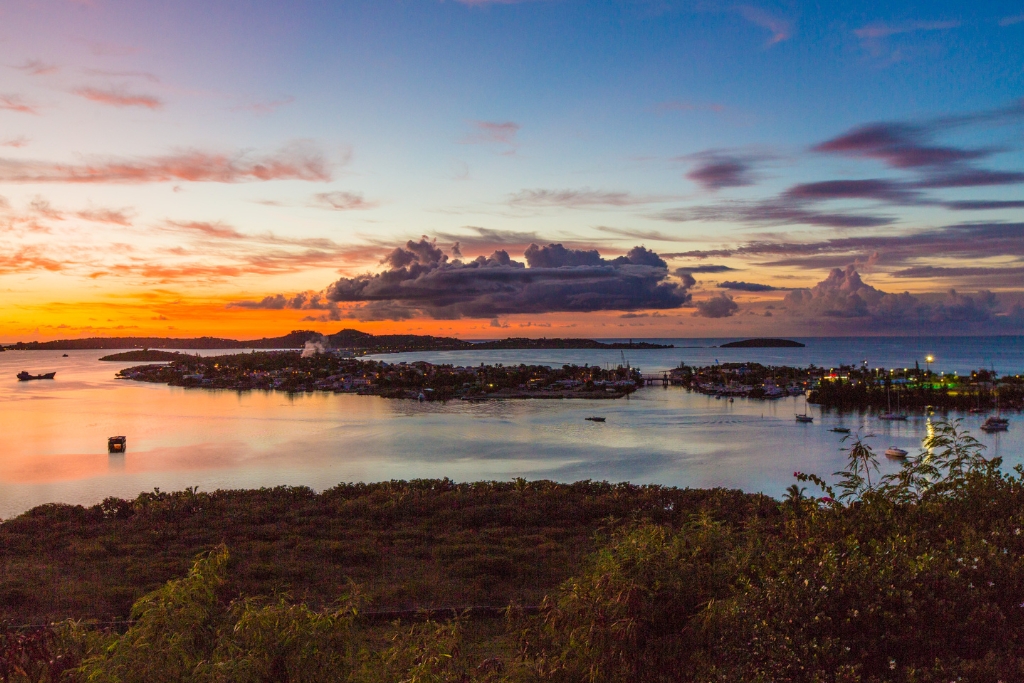
Finally, soak up the style in St. Barts. From Gustavia’s elegant cafes and designer boutiques to the seashell-strewn sands of Shell Beach, this island oozes glamour. For a serene escape, hike or boat your way to Colombier Beach—a hidden gem worth the journey.
Puerto Rico, Vieques & Culebra – A trio of tropical magic
Start your journey in Puerto Rico, where the cobbled charm of Old San Juan will sweep you off your feet. Nature lovers will adore El Yunque, the only tropical rainforest in the U.S. National Forest System, while night owls can paddle through glowing waters in the Bioluminescent Bay in Fajardo—it’s pure magic!

Hop on over to Vieques, which is home to Mosquito Bay, the brightest bioluminescent bay in the world!
Explore the shimmering Black Sand Beach and the untouched beauty of its Wildlife Refuge, where wild horses roam and quiet coves call your name.
Then it’s off to Culebra, where postcard-perfect Flamenco Beach wows with white sand and turquoise waters.

Snorkel with sea turtles at Tamarindo Beach, or enjoy peaceful moments in the Culebra National Wildlife Refuge.
Barbados, St. Lucia & Grenada – A splash of culture, nature, and spice
In Barbados, venture underground into the dazzling Harrison’s Cave, stroll along the wild coast of Bathsheba Beach, and sip rum at the elegant St. Nicholas Abbey.
St. Lucia invites you to marvel at the majestic Pitons, soak in the steamy Sulphur Springs, and unwind in the tranquil embrace of Marigot Bay—a sailor’s paradise.
On to Grenada, known as the “Spice Island”! Lounge on the gorgeous Grand Anse Beach, swim beneath Annandale Falls, and browse the fragrant stalls at St. George’s Spice Market.
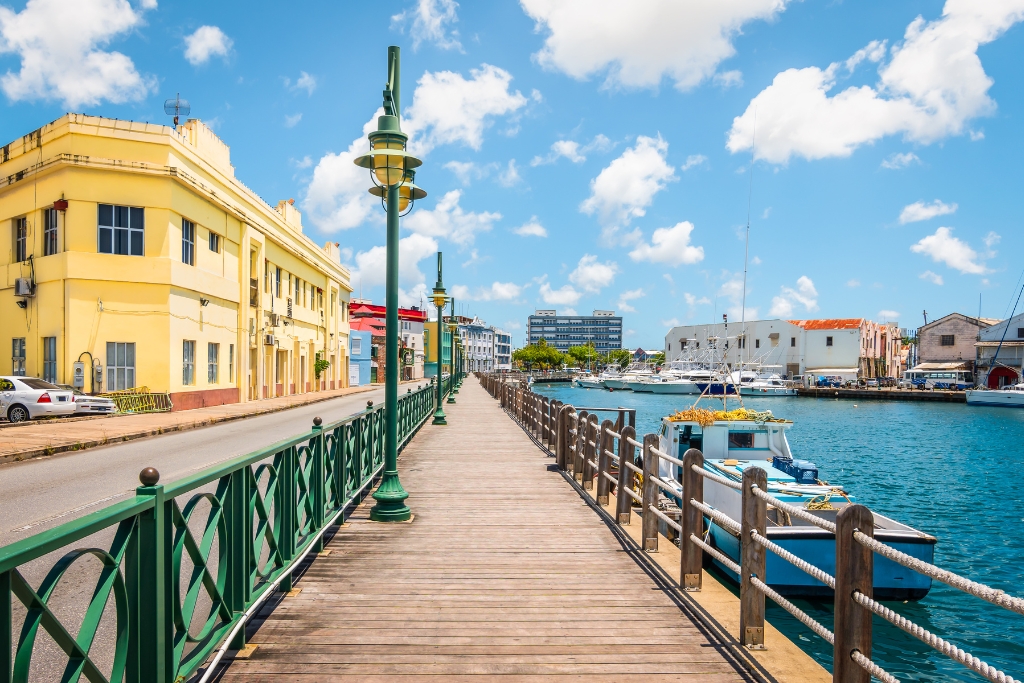
Trinidad, Tobago & Grenada – Colourful, cultured, and naturally wild
In vibrant Trinidad, enjoy a day at Maracas Beach, taste the legendary “bake and shark,” and spot scarlet ibises at Caroni Bird Sanctuary.
Don’t miss a stroll through Queen’s Park Savannah for a true taste of Port of Spain life.
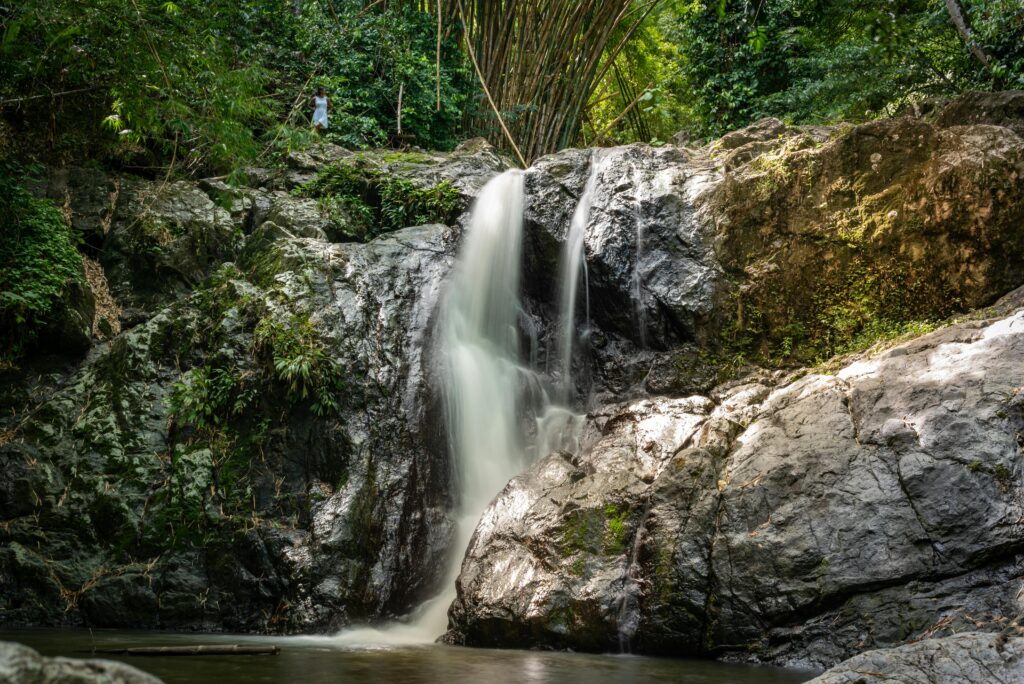
Across the water, Tobago charms with the iconic Pigeon Point Beach, the coral wonderland of Buccoo Reef, and the cascading beauty of Argyle Waterfall—perfect for a refreshing dip.
Back in Grenada, dive into wonder at the Underwater Sculpture Park, savour sweetness at Belmont Estate, and gaze across the harbour from Fort George.
Jamaica, Cayman Islands & Cuba – Music, magic, and memory-making
In Jamaica, climb the iconic Dunn’s River Falls, groove through history at the Bob Marley Museum, and stretch out on the golden sands of Seven Mile Beach in Negril.

The Cayman Islands offer marine thrills at Stingray City, beachy bliss at Seven Mile Beach, and up-close encounters at the Cayman Turtle Centre.
End your journey in Cuba, wandering the vintage charm of Havana’s Old Town, exploring the lush Viñales Valley, and stepping back in time in the colourful streets of Trinidad, a UNESCO World Heritage gem.
Feeling inspired to explore? Take our quiz to discover which Caribbean island suits your vibe best before you start hopping!
Pro Tips to Help you Build an Enjoyable Itinerary.
Research and Plan: Always start by researching which islands you want to visit and creating a rough written itinerary.
Travel Light: Pack essentials only, as you’ll be moving frequently.
Stay Connected: Ensure you have a reliable way to access maps and travel information, such as a local SIM card or portable Wi-Fi.
Embrace Local Culture: Engage with locals, they are your best source to hidden gems and delicious regional dishes, which all enrich your experience.
Safety First: Familiarise yourself with local safety tips and emergency contacts.
By really thinking about what you truly want to see and do, you can create the perfect itinerary that fits your interests.
Now it is really time to indulge in your dream Caribbean island hopping adventure!

Accommodation When Island-Hopping in the Caribbean
For first-timers, it’s essential to choose accommodations that offer both comfort and convenience.
Consider staying at well-reviewed all-inclusive resorts, which simplify meal and activity planning.
For a more personalised experience, boutique hotels in popular areas like the British Virgin Islands or St. Lucia provide a cosy atmosphere and local charm.
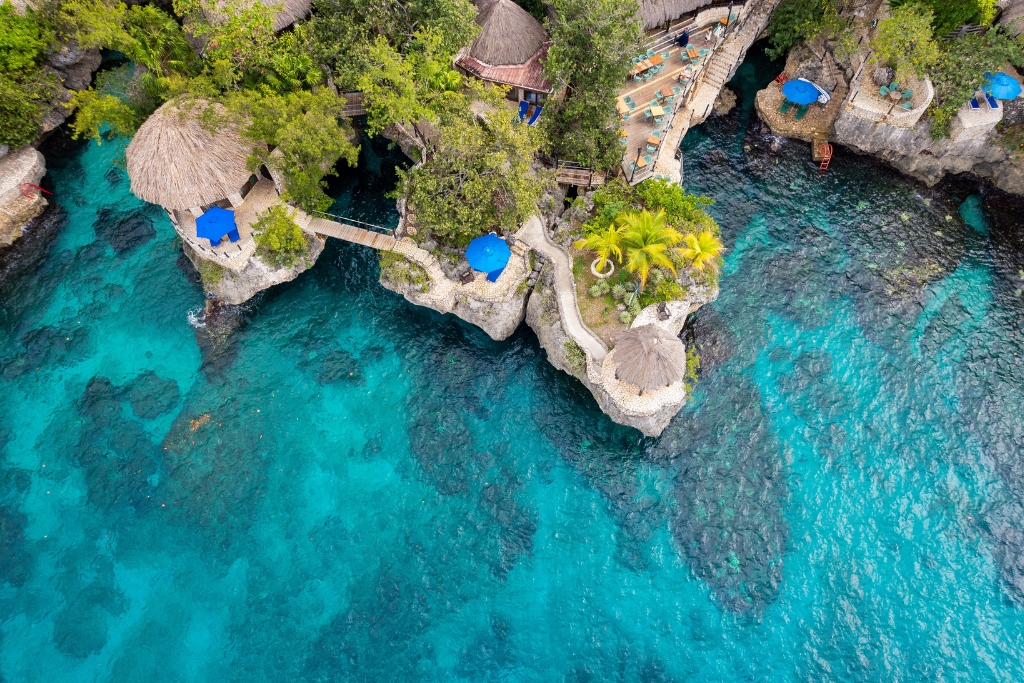
Look for accommodations that offer easy access to transportation hubs, making your island-hopping journey smoother.
With a little research and considered planning, your island-hopping adventure will be seamless, memorable, and uniquely yours.
Hidden Gems for Caribbean Island Hopping
For first-time island hoppers looking to explore hidden gems in the Caribbean that are accessible on foot or by local transport, here are some perfect spots to consider:
Bequia, St. Vincent and the Grenadines
Known for its charming local culture and stunning beaches, Bequia is a small island that can be easily explored on foot.
The island’s friendly atmosphere and beautiful landscapes make it a perfect spot for a relaxed visit.
Local taxis and buses are available, but walking is a great way to explore the island’s quaint towns and beaches.
Culebra, Puerto Rico
This small island is famous for Flamenco Beach, one of the most beautiful beaches in the world. The laid-back vibe and natural beauty make it a hidden gem.
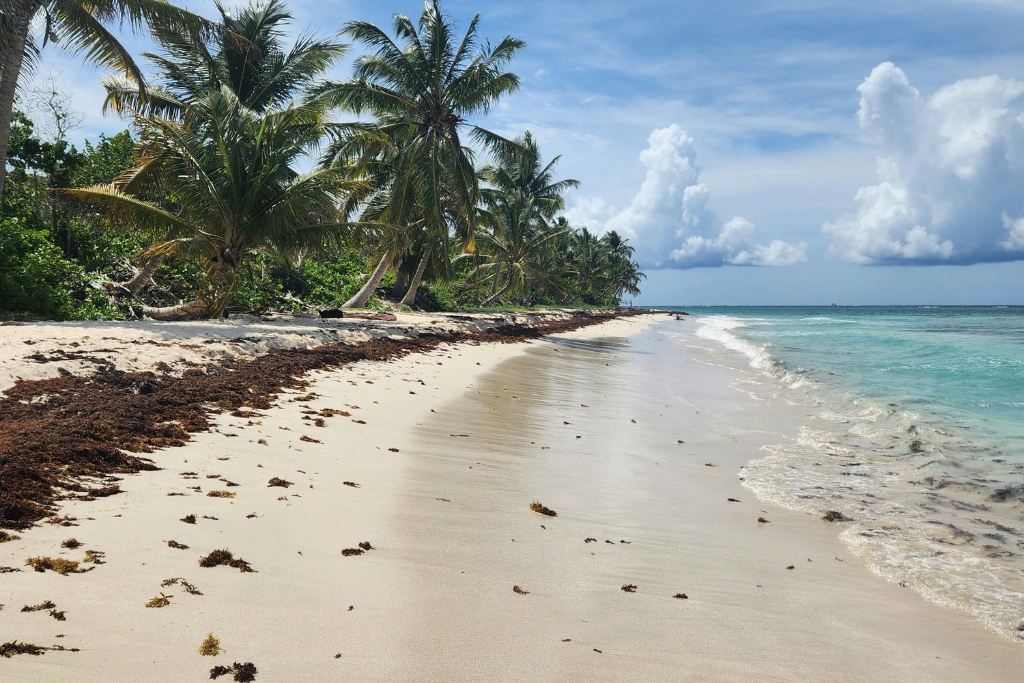
The island is small enough to explore by foot, and local taxis are available for longer distances.
Nevis, St. Kitts and Nevis
Nevis offers a mix of history, nature, and beautiful beaches. Explore the island’s historical sites and enjoy hiking trails that lead to stunning views.
Local buses and taxis are available, but walking is a great way to see the island’s natural beauty up close.
Salt Cay, Turks and Caicos
Known for its rustic charm and historical salt industry, Salt Cay offers pristine beaches and excellent snorkeling opportunities.
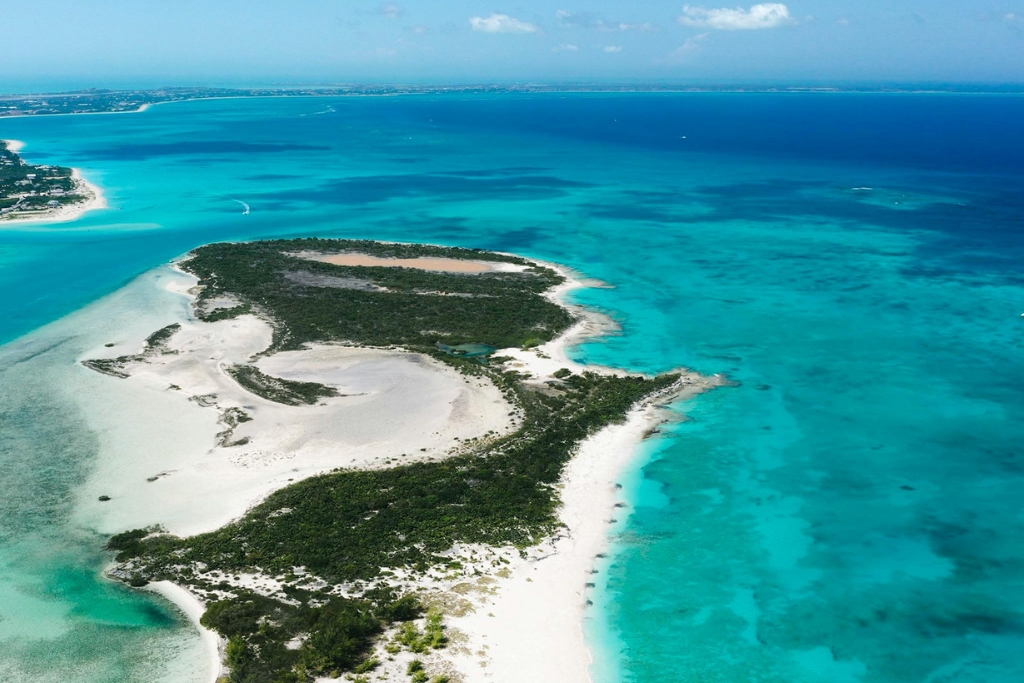
The island is small and can also be explored on foot or by bicycle, which is a popular mode of transport for visitors.
Isla Holbox, Mexico
This car-free island is known for its stunning beaches, vibrant street art, and laid-back atmosphere. It’s a perfect spot for those looking to escape the hustle and bustle.
Explore the island on foot or rent a bicycle or golf cart, as there are no cars on the island.
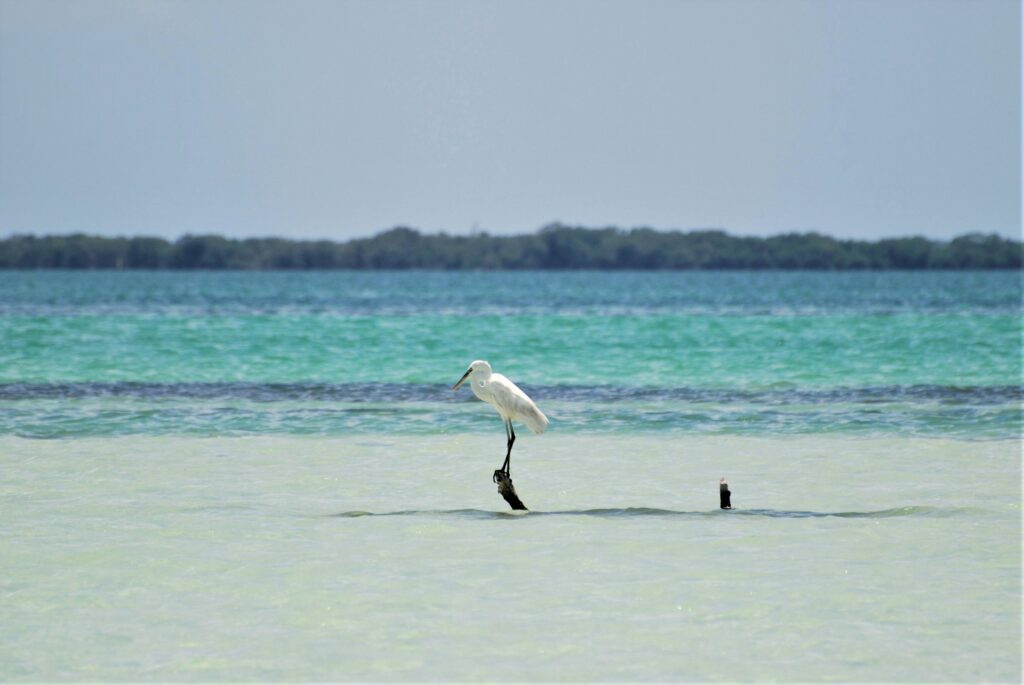
These Caribbean hidden gems offer a unique experience, allowing you to immerse yourself completely in the local culture and natural beauty without the need for making extensive travel arrangements.
How Long do I Need to go Island Hopping?
For first-timers, a 10 to 14-day trip is ideal, allowing you to explore 2-3 islands without feeling rushed.
Spending 3-5 days on each island will ensure you get to enjoy all of the highlights each island has to offer, and get a feel for the local culture.
This timeframe provides a balanced mix of relaxation and adventure.
When is the Best Time to visit the Caribbean Islands?
First-time visitors should aim to travel during the dry season, from December to April, for the best weather.
This is when most tourist activities are readily available, making it easier to plan excursions and visit attractions.
If you prefer fewer crowds, consider visiting in May or November, when the weather is still pleasant, and the islands are less busy.
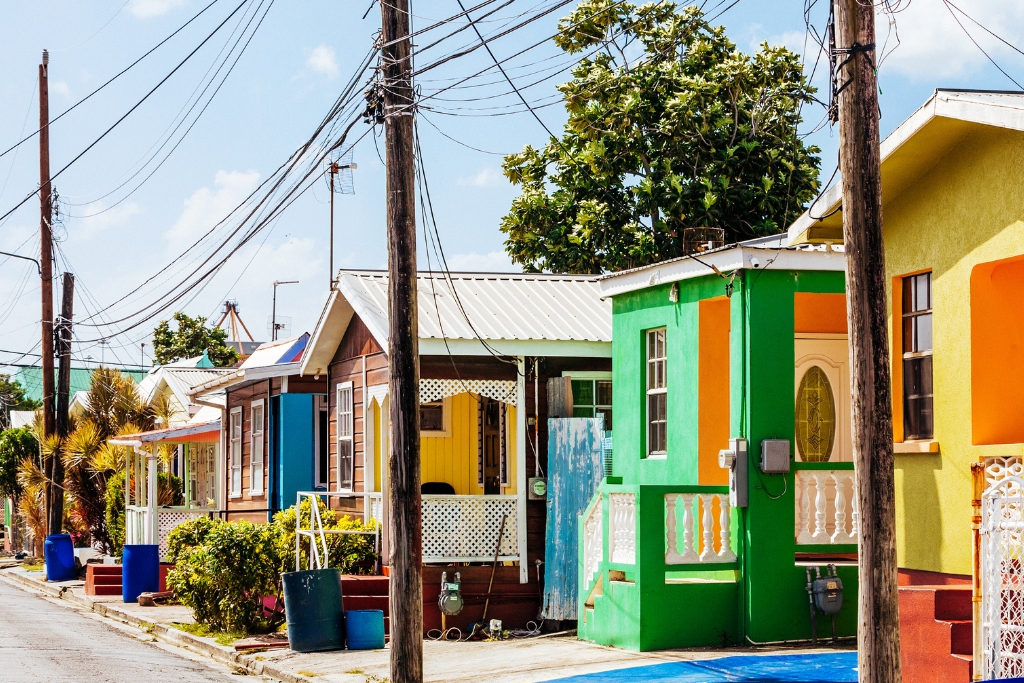
Cultural Etiquette
While visiting the Caribbean, a little cultural sensitivity can make your experience even more rewarding.
Warm, polite greetings are highly valued across all of the islands, so starting your interactions with a cheerful “Good morning” or “Good afternoon” is always appreciated.

Beachwear is perfect for the shore, but it’s respectful to dress modestly when venturing out into towns or dining out. Islanders take pride in their communities and traditions, so observing the Islanders local customs and language with respect goes a long way.
When taking photos, it’s polite to ask permission, especially when photographing people or private spaces.
Tipping around 10–15% is standard in restaurants and for services, and supporting local artisans or market vendors is both encouraged and appreciated.
Life on the islands tends to move at a gentler pace, so a little patience and flexibility, known fondly as embracing “island time”—will serve you well.
Above all, come with an open heart and a kind spirit, and you’ll be welcomed warmly wherever you go.

Transportation Options for Caribbean Island Hopping
Once you have your islands picked out, it’s time to think about how to get around. There are two main options for traveling between islands: ferries and flights.
Ferry Services
Ferries are a popular choice for island hopping. They are often more affordable and provide a scenic way to travel.
One of the most well-known ferry services is L’Express des Îles. This service connects several islands, including:
- Saint Lucia – Where cruise ships dock in the island’s vibrant capital, Castries.
- Martinique – The main cruise terminal is located in Fort-de-France, which is the island’s cultural hub.
- Dominica – Most vessels typically arrive at Roseau, the island’s charming capital city.
- Guadeloupe – Pointe-à-Pitre serves as the central port for visiting cruise ships.
Ferries usually run on a regular schedule, but it’s a good idea to check the timetable ahead of time to avoid any surprises.
Air Travel
If you prefer to fly, there are many airlines that connect the islands.
LIAT and Caribbean Airlines are two of the most popular options. They offer flights between many of the islands, making it easy to hop from one to another.
Just like with ferries, be sure to check the flight schedules and book in advance, especially during peak travel seasons.
Car Rental Recommendations
Renting a car in the Caribbean can also be one of the best ways to explore the islands.
While there are other transportation options like taxis and buses, having your own vehicle gives you the freedom to go wherever you want, whenever you want.
You can visit hidden beaches, local markets, and breathtaking viewpoints that might be hard to reach otherwise.

When it comes to renting a car, it’s important to choose a reliable company.
Popular car hire options across the Caribbean include trusted names like Alamo, Europcar, and Avis, alongside regional favourites such as Island Car Rentals, Next Level, and Autounion.
Whether you’re after international reliability or local charm, there’s a rental choice to suit every island adventure.
Make sure to compare prices and read reviews before making a reservation. This way, you can find the best deal for your island hopping adventure.
Currency and Communicating
Staying connected is important whilst travelling as a first-timer, so here are some tips on travel currency to get you around and mobile phone coverage for the Caribbean islands.
Travel Currency
1. Cash vs. Card:
– It’s advisable to carry some cash, as smaller islands and local markets may not accept credit cards.
U.S. dollars are widely accepted in many Caribbean islands, but it’s a good idea to have some local currency for smaller transactions.
– Credit and debit cards are commonly accepted in hotels, larger restaurants, and shops. However, always check for any foreign transaction fees with your bank before traveling.
2. Currency Exchange:
– Exchange a small amount of currency before you arrive for immediate expenses like transportation.
Currency exchange services are available at airports, banks, and some hotels, but rates may vary.
3. ATMs:
– ATMs are available in most major towns and tourist areas, allowing you to withdraw local currency.
Be aware of any international withdrawal fees that your bank may charge.
Each island may have its own currency, such as:
Eastern Caribbean Dollar (XCD) for islands like St. Lucia, Grenada, and Dominica.
Bahamian Dollar (BSD) in the Bahamas.
Jamaican Dollar (JMD) in Jamaica.
Barbadian Dollar (BBD) in Barbados.
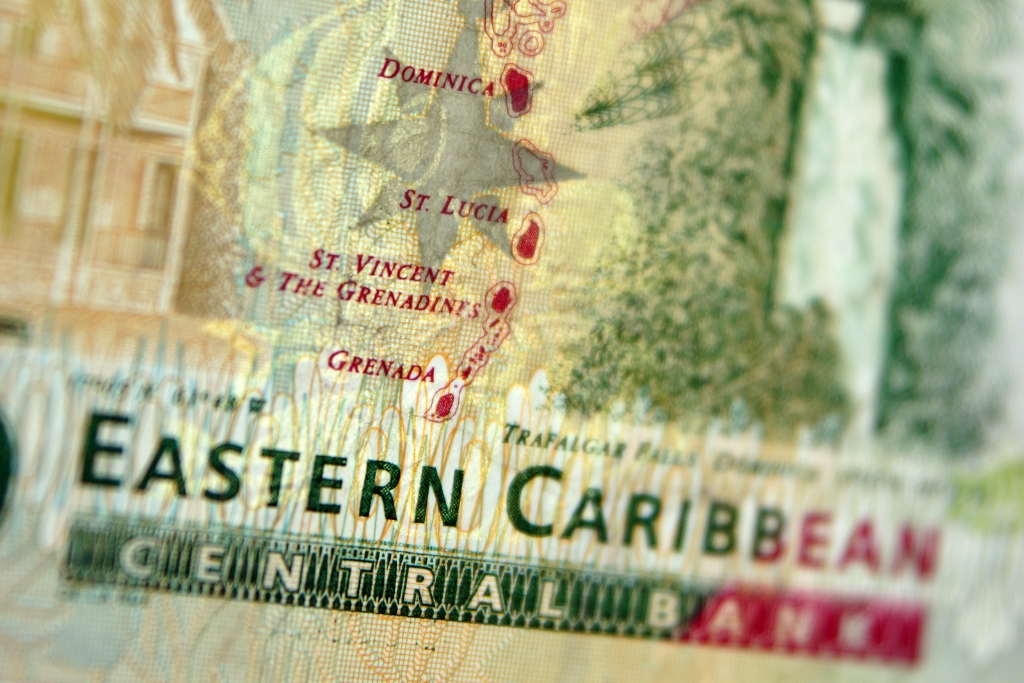
 Pro Tips for Handling Cash
Pro Tips for Handling Cash
Carry smaller denominations for convenience, as some places may not have change for larger bills.
Use a money belt or a secure wallet to keep your cash safe.
Avoid carrying large amounts of cash at once.
Always inform your bank of your travel plans to avoid any issues with credit or debit card usage.
By having a mix of cash and cards, you can ensure smooth transactions during your Caribbean adventure.
Mobile Phone Coverage and SIM Cards
Staying connected in the Caribbean is easy with a bit of planning.
Mobile coverage is reliable in most towns and tourist areas, though it can be patchy in remote spots.
To avoid roaming charges, consider buying a local SIM card from providers like Digicel or Flow, these are available at airports and local convenience stores (just be sure your phone is unlocked).
Purchasing an eSIM such as Airalo or Holafly for international travel is also a great option. Take a look at this detailed post from Preisklar.com explaining the benefits of using an eSIM.
Free Wifi
Many hotels and cafés can and do offer free Wi-Fi, and for more flexibility, a portable Wi-Fi device is a great option to keep multiple devices connected throughout your island-hopping adventure.
Caribbean Island Hopping Travel Apps
Having basic knowledge is crucial to making the most of your time island hopping in the Caribbean. Here we have compiled some of the most useful apps gathered from our own travels.
Maps
There are several travel apps that can help you navigate the Caribbean islands both with maps and transport guides. Here are a few popular ones:
- Features: Offers detailed offline maps that are perfect for exploring the Caribbean without needing an internet connection. It includes points of interest, walking routes, and public transport options.
- Availability: Free on iOS and Android.
- Features: Provides comprehensive transport options, including ferries, buses, and flights, making it easier to plan your island-hopping itinerary in the Caribbean.
- Availability: Free on iOS and Android.
TripAdvisor
- Features: Offers maps, reviews, and recommendations for attractions, restaurants, and accommodations across the Caribbean. It also includes user-generated content for real-time insights.
- Availability: Free on iOS and Android.
Google Maps
- Features: A reliable option for navigation and finding local businesses. It offers driving, walking, and public transport directions, along with user reviews and photos.
- Availability: Free on iOS and Android.
- Features: this is a community-driven navigation app that provides real-time traffic updates and route suggestions. It can be particularly useful when renting a car and driving around the larger islands.
- Availability: Free on iOS and Android.
Money
Try XE Currency for quick currency conversions, especially when island hopping between territories that use different currencies (e.g. USD, EUR, ECD).
Food and Drink
Tripadvisor and Yelp are still the best way to find local eateries and beach bars, but make sure to read the reviews first.
If you’re looking for vegan or vegetarian options which can be limited in some areas the HappyCow app is your best bet.
These travel apps not only enrich your Caribbean adventure by offering real-time navigation, local insights, and helpful tips.
But many also use your phone’s geolocation to help you stay oriented, find nearby attractions, and even share your location for added peace of mind while exploring.
Island Safety
Island hopping in the Caribbean can be a safe and enjoyable experience, especially with a few precautions in mind. Here are some safety tips for first-time travellers:
General Safety Tips
Research and Plan:
- Before traveling, research the islands you plan to visit. Understand the local customs, laws, and any travel advisories.
Stay Informed:
- Keep updated on weather conditions, especially during hurricane season (June to November). Check local news and weather apps for real-time updates.
Secure Your Belongings:
- Use hotel safes to store valuables and important documents. Keep a copy of your passport and travel insurance separately from the originals.
Health Precautions:
- Check if any vaccinations are required or recommended for the areas you are visiting. Carry a basic first-aid kit and any personal medications you may need.
Transportation Safety:
- Use reputable transportation services. If renting a vehicle, ensure it is from a well-known company and familiarise yourself with local driving laws.
Personal Safety
- Travel in Groups: Whenever possible, explore with a companion or group, especially at night. It’s always safer and more enjoyable to share experiences with others.
- Be Aware of Your Surroundings: Stay vigilant, especially in crowded areas or tourist hotspots. Avoid displaying expensive jewelry or electronics.
- Local Advice: Ask locals or hotel staff for advice on safe areas to visit and any places to avoid. They can provide valuable insights into the local environment.
- Emergency Contacts: Keep a list of local emergency contacts, including the nearest embassy or consulate, local police, and medical facilities.
- Stay Connected: Share your itinerary with someone you trust back home and check in regularly. Use apps or services that allow you to share your location with family or friends.
By taking these precautions, you can ensure a safe and memorable island-hopping adventure in the Caribbean.
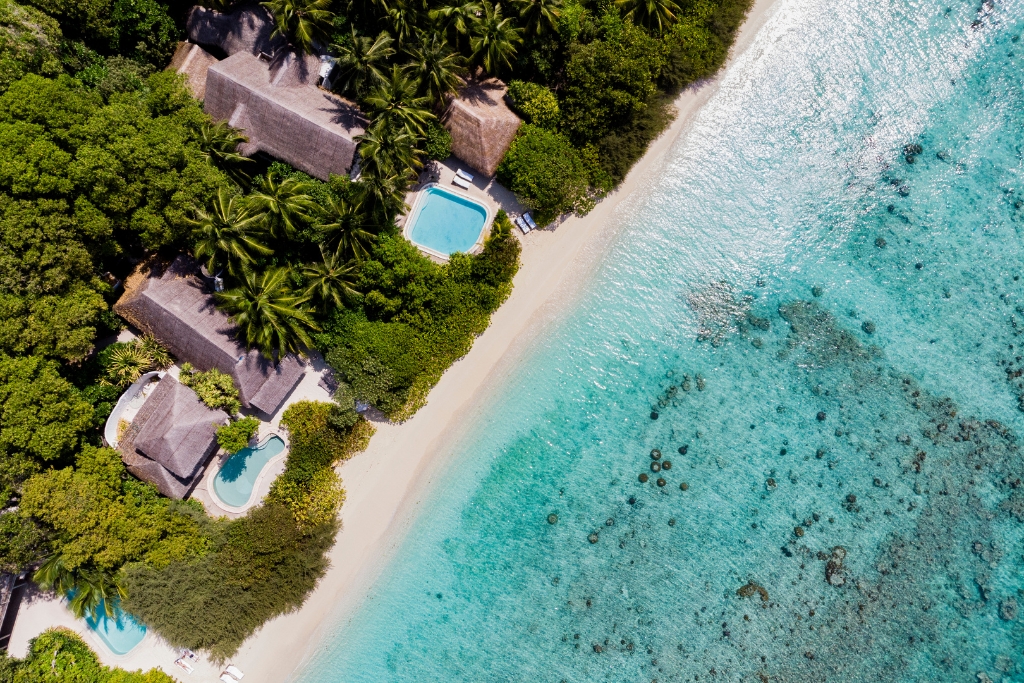
The Take Home
The benefits of Caribbean island hopping are endless.
You get to discover different landscapes, meet friendly locals, and try various enriching activities that each island has to offer.
The flexibility of traveling between islands allows you to tailor your adventure to your interests, whether that means relaxing by the beach, hiking through nature, or immersing yourself in local traditions.
As you plan your journey, remember the tips shared throughout this article. From packing essentials to understanding cultural etiquette, being prepared can enhance your experience.
And with the right itinerary, you can make the most of your time in this beautiful region.
Don’t wait any longer!
Build Your Escape
If you’re excited to embark on your own island hopping adventure, consider checking out Couples Who Travel Build Your Escape personalised packages.
We specialise in creating customised holiday packages that cater to your personal preferences and needs.


We can help you plan the perfect itinerary, book accommodations, insurances, excursions, transfers and arrange transportation, ensuring your trip is as smooth and enjoyable as possible.
Want to discover more ways to travel the Caribbean? Check out our Cruise and Stay Caribbean holidays post.
Happy Travels!

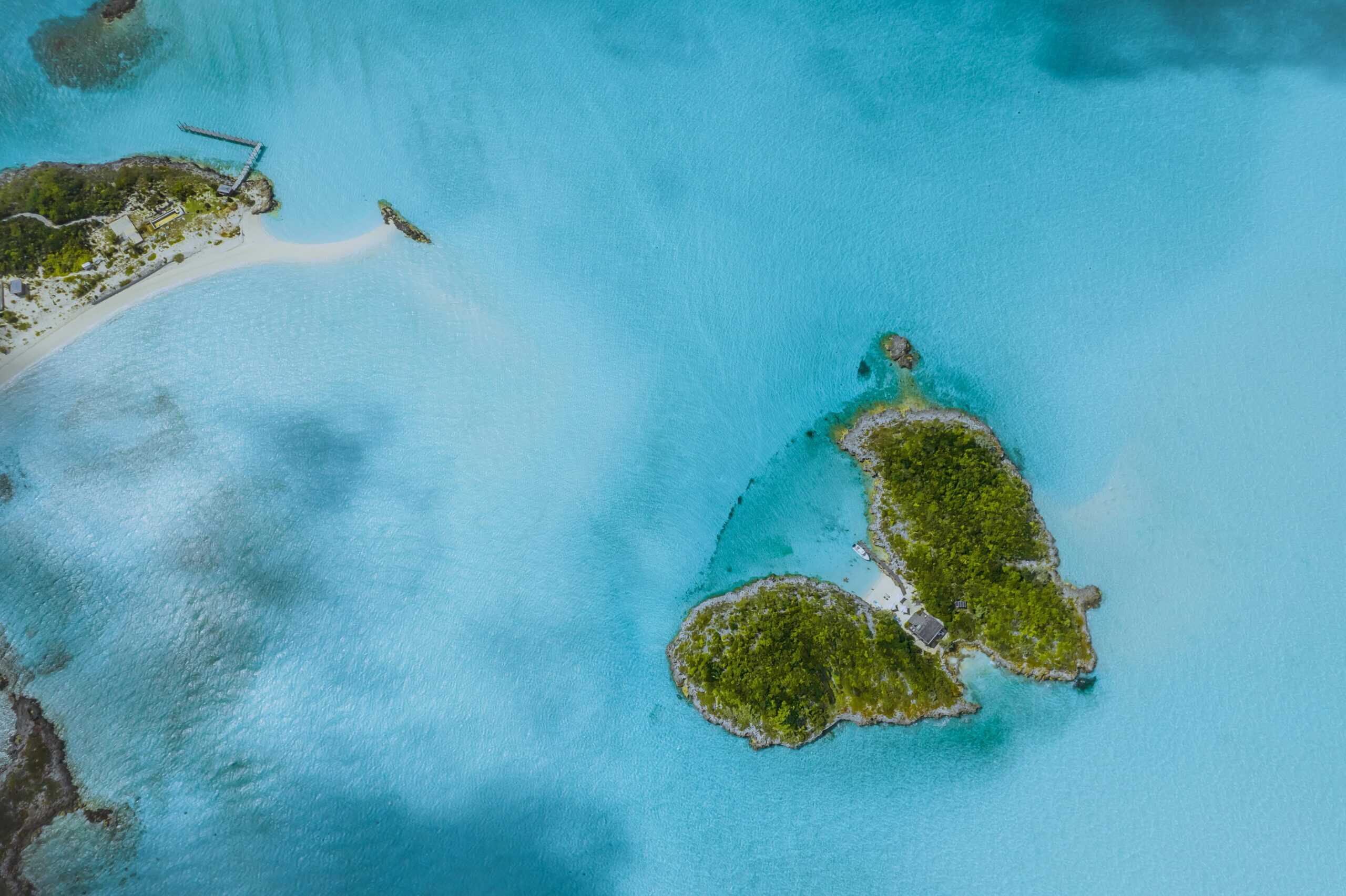




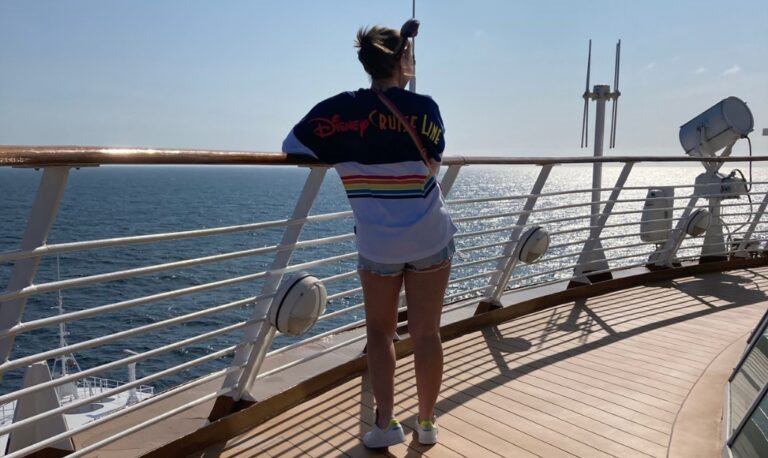
One Comment
Comments are closed.